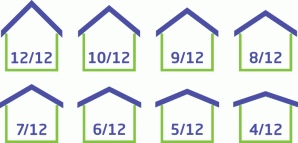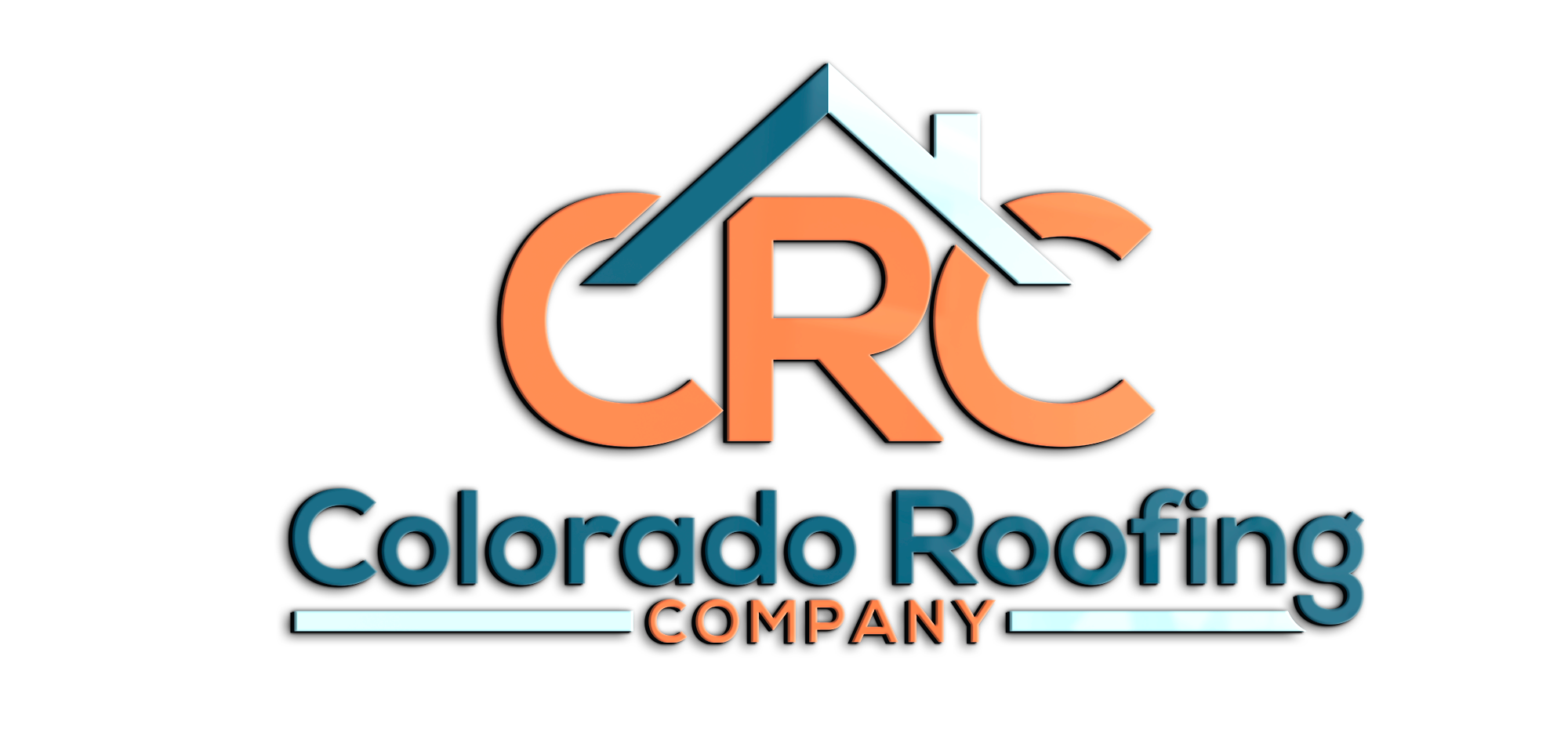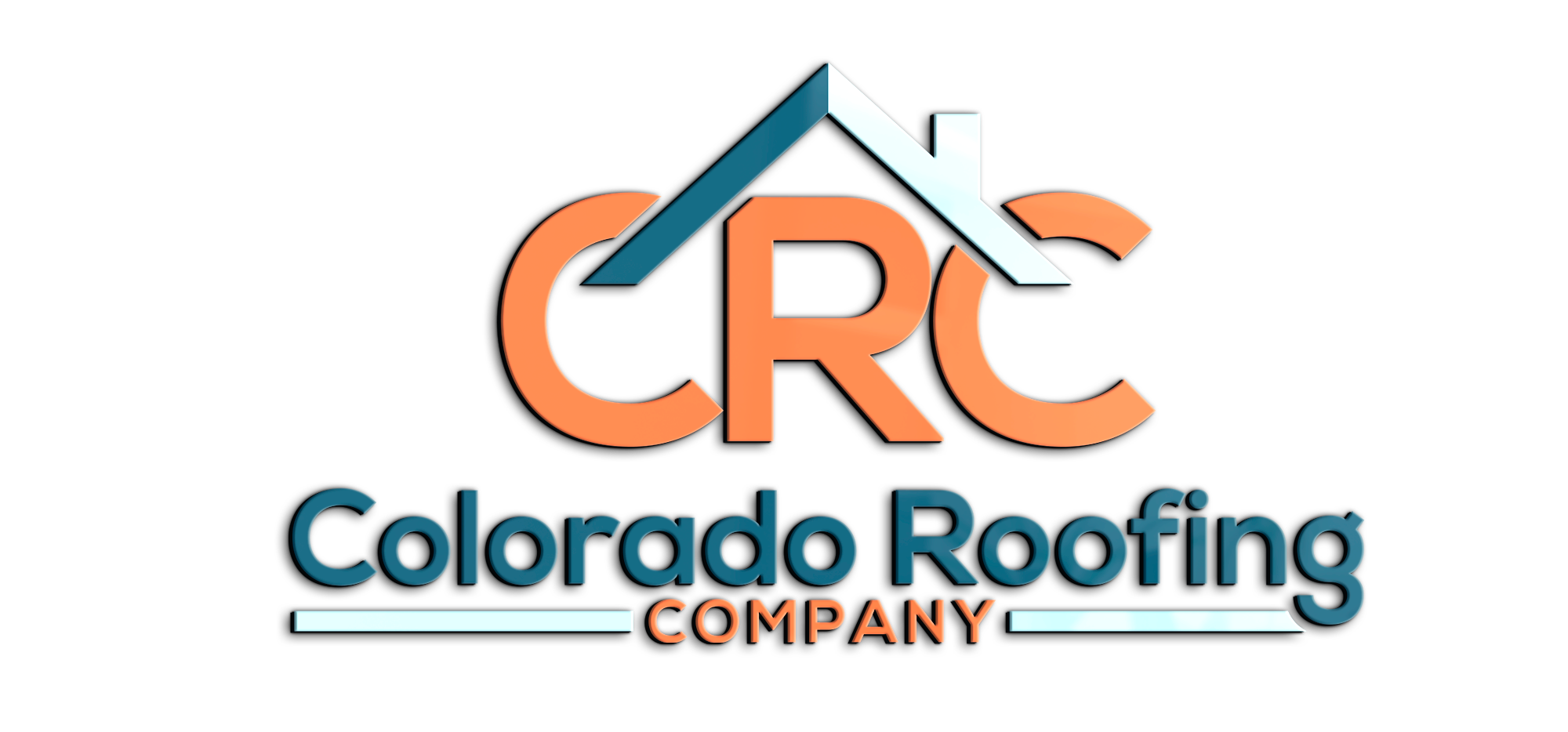
Usually made from 1⁄2-inch plywood, the decking closes and reinforces the roof structure and provides a nailbed for the shingles.
Roof edge (or eaves edge)
All the boards running along the edge of the roof or eaves. Also known as a fascia.
Attic
The space under the roof. The attic must be ventilated to protect the roofing system against excessive heat in summer and warm moist air generated by the house in winter.
Saddle
A structure located behind the higher side of a chimney (or similar projections from the roof) to divert rainwater around it.
Ridge
Horizontal line at the top of the roof.
Valley
The “V-cut” angle along the junction of two slopes of a roof.
Underlay membrane
This coating, made of felt saturated with asphalt or a synthetic fabric, protects the shingles against resin released by the wood decking, and protects the decking itself against bad weather. Ice damming on roofs: zero tolerance!
Eaves membrane
This protective membrane goes under some or all of the asphalt shingles to prevent water infiltration caused by “ice dams” in winter.
Underlay membrane
This coating, made of felt saturated with asphalt or a synthetic fabric, protects the shingles against resin released by the wood decking, and protects the decking itself against bad weather.
Drip edge
Moulding that covers the edge of the roof and reduces the risk of water infiltration.
Roof vents
These enclosed structures made of metal or plastic feature openings and fins, ensuring that the attic space is properly ventilated. The most effective vents have four open sides and rise above the roof, which allows them to capture the wind from all directions to produce a suction effect. To achieve full ventilation of the attic, there must be an air inlet at the base of the roof, through perforations in the eaves soffit. Most often made of perforated aluminium, this piece closes off the underside of the eaves.
Deflector
This is a piece of polystyrene or cardboard inserted between two rafters to ensure the free flow of air over the insulation near the soffits. There should be at least 2 inches of space under the decking.
Plumbing vent
A pipe that emerges from the roof and admits air into the plumbing system to allow wastewater to flow properly to the sewer or septic-system leaching field.
Flashing (joint covers)
Flashing can be flexible or rigid and is made of galvanized steel, aluminum or plastic. It is a type of resistant moulding that prevents water flowing near roof openings from infiltrating the roof. Flashing is found in valleys and at the bases of chimneys, walls, roof vents and plumbing vents.
Shingles
Made of fibreglass and asphalt, shingles protect the roof from rain and lend a house character.
4 Main Roof Types in Denver , Colorado
1. Gable Roof
Also known as pitched or peaked roof, gable roofs are some of the most popular roofs in the US. They are easily recognized by their triangular shape.
Pros: Gable roofs will easily shed water and snow, provide more space for the attic or vaulted ceilings and allow more ventilation. Their inherently simple design makes it easy to build them and cheaper than more complex designs.
Cons: Gable roofs can be problematic in high wind and hurricane areas. If the frames are not properly constructed with adequate supports, the roof can collapse.
High winds can also cause materials to peel away from gable roofs. If there is too much of an overhang, winds can create an uplift underneath and cause the roof to detach from the walls.

If a gable roof is used in high wind areas, be sure proper braces are used and have the roof inspected after a large storm to ensure no damage has occurred.
Suggested materials: Gabled roofs can be covered with almost any type of material including asphalt shingles, cedar shakes, metal, and clay or concrete tiles.
However, if the roof also contains hips and valleys, it should either be shingled or roofed with metal shingles or standing seam to help prevent roof leaks.
Note: It is recommended to use at least a 10/12 pitch or 40° angle, for snowy regions.
Types of Gable Roofs
Side Gable: A side gable is a basic pitched roof. It has two equal panels pitched at an angle, meet at a ridge in the middle of a building. The triangle section can be left open for an open gable roof, or it can be enclosed for a boxed gable roof.
Crossed Gable: A crossed gable roof is two gable roof sections put together at a right angle. The two ridges are perpendicular to each other. Lengths, pitches or heights may or may not differ from each other.
| Install Roof Shingles $7,500 Average price | Install Metal Roof $15,000 Average price | Install Flat Roof $9,000 Average price |
It’s an excellent roof design for homes with separate wings. Use a cross gable to accent different areas of the home, such as the garage, porch or dormers.
It’s often seen in Cape Cod and Tudor styles houses.
Front Gable: A front gable roof is placed at the entrance of the house. This design is often seen in Colonial style houses.
Dutch Gable Roof: A Dutch gable is a hybrid of a gable and hip roof. A gable roof is placed at the top of a hip roof for more space and enhanced aesthetic appeal.
2. Hip Roof
A hip roof has slopes on all four sides. The sides are all equal length and come together at the top to form a ridge.
Pros: Hip roofs are more stable than gable roofs. The inward slope of all four sides is what makes it more sturdy and durable.
They are excellent for both high wind and snowy areas. The slant of the roof allows snow to easily slide off with no standing water.
Hip roofs can offer extra living space with an addition of a dormer or a crow’s nest.
Note: For high wind areas, or strong storms, a pitch of 4/12-6/12 (18.5°-26.5° angle) is recommended.
Cons: Hip roofs are more expensive to build than a gable roof. It’s a more complex design that requires more building materials. Also, with the addition of a dormer, additional seams can make it easier for the water leaks to form in the valleys, if a roofing system is not properly installed.
Note: Proper construction and maintenance is a must to prevent minor issues from turning into major problems.
Suggested materials: Hip roofs, like gable roofs, can be with almost any type of roofing material, such as shingles, metal, or tiles.
Types of Hip Roofs
Simple Hip: The most common type of a hip roof. It has a polygon on two sides and a triangle on two sides. The sides come together at the top to form a simple ridge.
Cross Hipped: Similar to a cross gable roof. Use separate hip roofs on homes with different wings. The line where the two roofs meet is called a valley.
Note: Valleys can allow water to pool. Proper waterproofing is a must.
Half Hipped: A standard hip roof that has two sides shortened to create eaves.Estimated Roof Costs (1620 s.f.)Asphalt Shingles
Denver Metal Roofing
Flat Roof Denver
3. Mansard Roof

A mansard roof, also known as a French roof, is a four-sided roof with a double slope on each side that meet forming a low-pitched roof.
The lower slope is much steeper than the upper. The sides can either be flat or curved, depending on the style.
Pros: Mansard roofs can help create a great deal of extra living space. Using the space as a full attic or living quarters, called a garret, is very popular. The style lends itself to either open or closed dormers for more aesthetic appeal.
Mansard roofs are great for people wanting flexibility to make future home additions. When first designing and building a home, you can actually save money by having a simple mansard design to start off. – You can then add on a garret or dormers at a later date. This will not only add value to the house, but it also allows homeowners to easily make additions as their needs change.
Cons: A low pitched portion of a mansard roof isn’t ideal for areas receiving heavy snowfall.
Mansard roofs cost more than typical roofs because of the embellishments and details that go into them. But, the added space and character can more than make up for the extra cost of initial construction.
Suggested materials: Since a mansard roof has such a unique design, choosing a unique material could make the roof that much more special. Using metal, such as copper or zinc for the steep portion of the roof, can be more expensive up front, but will require much less maintenance down the road, making it a good long-term choice.
Using wood or slate shingles in a diamond pattern is a way to make a mansard roof stand out. However, overlapping composition shingles should not be used. Asphalt shingles can still be used on a steeper portion of the roof in a regular pattern.
Most materials can be used for a mansard roof, but be aware of the low slope part of the roof. Ensure it is properly flashed and waterproofed to protect the roof’s integrity.
Types of Mansard Roofs
Mansard roofs can take various silhouettes, including straight-angle, convex or concave. Windows are very important to provide light for the extra living space provided. Grand houses may also display wood quoins, trim or decorative cut stone.
4. Gambrel Roof
A Gambrel or a barn roof, is much like mansard in a sense that it has two different slopes. The difference between the two is that the Gambrel only has two sides, while the mansard has four.
Similar to mansard, the lower side of the Gambrel roof has an almost vertical, steep slope, while the upper slope is much lower.
Gambrels are not only seen on top of barns, farm houses and log cabins. They are also seen on Dutch Colonial and Georgian style homes, as well.
Pros: Much like the mansard, the Gambrel provides extra living space for a garret, attic or loft. Plus it’s simple to frame out.
The Gambrel only uses two roof beams, along with gusset joints. Since the construction is quite simple with fewer materials needed, this helps to keep the cost of a roof down.
Gambrel roofs are also a great idea for outdoor sheds and storage buildings. Their shape can provide more storage without taking up more space.
Cons: The Gambrel roof is not recommended for heavy wind areas or regions that receive significant snowfall. The open design can cause the roof to collapse under extreme pressure.
Gambrel roofs also need to be constructed well, waterproofed at the ridges and maintained on a regular basis. It’s a good idea to have a Gambrel roof inspected each year to check for damage from storms, heavy rainfall or snow.
Windows are recommended to add light to the extra space. This is both a pro and a con. While all details will add to the overall beauty of a home, they increase chances for water leaks to occur.

Suggested Materials: The material used for a Gambrel roof will depend on the style of the house. Wooden, asphalt or slate shingles are widely used. However, using metal will greatly cut down on the amount of maintenance required.
Note: If a Gambrel roof is used in extreme weather areas, insist on reinforced trusses, especially on the upper pitch.
5. Flat Roof
As the name suggests, flat roofs appear to be completely flat with no pitch. However, they do have a slight pitch to allow for water run-off and drainage.
These roofs are generally used on industrial or commercial buildings. However, they can also be installed on residential houses in both high and low rainfall areas.
Most people don’t consider the amount of available outdoor living space a flat roof can provide. So, don’t completely dismiss them when building a new home! 🙂
Pros: Extra living space on the roof for a patio, garden or partially enclose for a penthouse room. Heating and cooling units can also be placed on flat roofs, keeping them out of sight. – This is especially common practice in commercial roof designs.
How much money can a solar roof save you in Colorado?
Profit from your roof space: find local deals on solar in your area, eliminate your power bill.
The design is also conducive for installing PV solar panels for a more energy efficient and energy independent home.
Flat roofs are easier to construct than pitched roofs and require fewer building materials, keeping costs down.
Cons: The low pitch makes flat roofs more susceptible to water leakage. They are not advised for high rainfall or high snowfall areas.
Although the upfront cost of building a flat roof is less expensive than a pitched roof, they can be more expensive in the long run due to maintenance and ongoing roof repair and replacement costs.
Suggested Materials: Ensuring a flat roof is waterproof is imperative. Using material that is continuous with no seams is the best. The most common materials used are tar and gravel, roll roofing, metal sheets, PVC, TPO, and rubber membrane.
Note: Green roofs are also on the rise in popularity. They are aesthetically pleasing, energy efficient, thanks to all the vegetation acting as an additional layer of insulation, with cooling properties, and help combat the urban heat island effect. Layers are created using beneficial plant life, soil, drainage, and waterproofing membrane.
PITCH DIAGRAM














